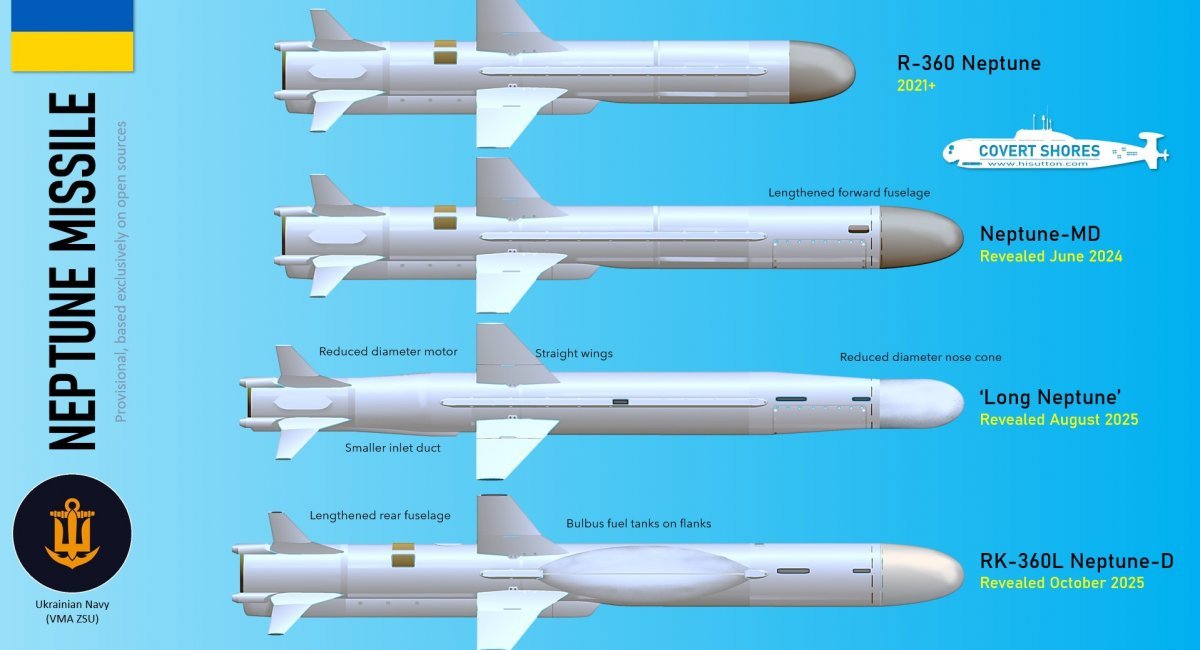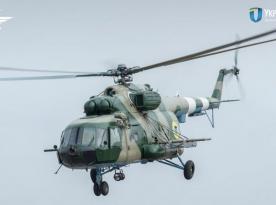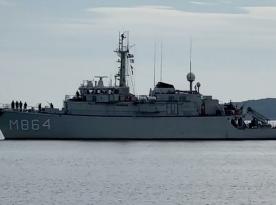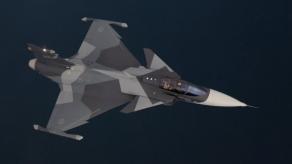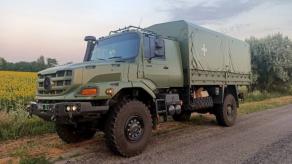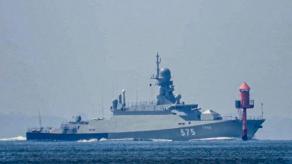After the public debut of the latest modification of the R-360 Neptune cruise missile, unofficially nicknamed the Bulky Neptune because of its conformal fuel tanks, some analysts claimed that this was not the third but already the fourth version of the system.
In particular, reputable defense analyst H. I. Sutton presented the following view of the Ukrainian cruise missile family:
Read more: Ukraine's Neptune Strike on the Elektrodetal Plant Shows the Enemy Has Decommissioned an Entire GRAU Arsenal
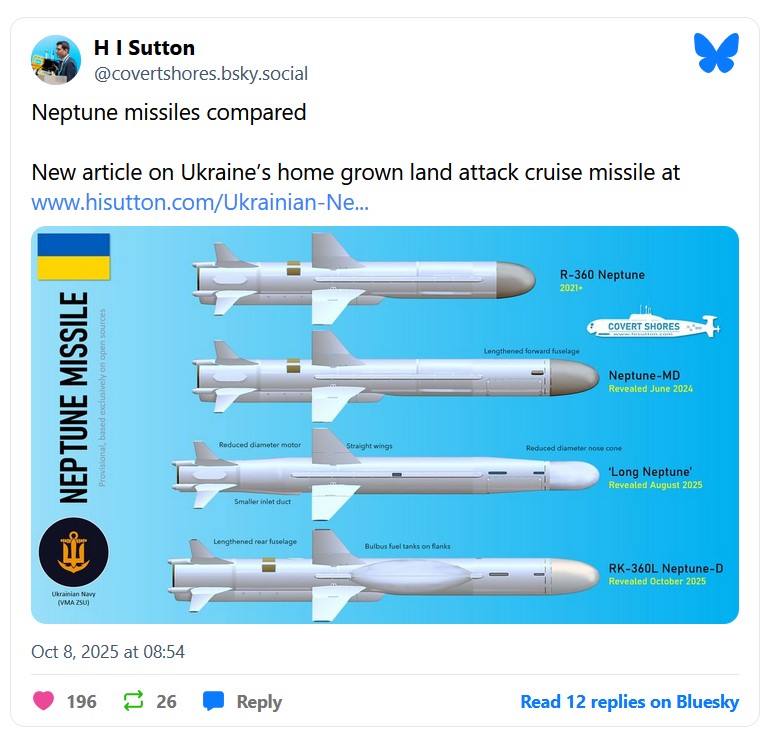
He identified the R-360, known before 2021; the Neptune-MD, an elongated version of the R-360 allegedly first observed in June 2024; the Long Neptune, unveiled in August 2025; and the entirely new Bulky Neptune.
However, Defense Express analysts have voiced reservations about this interpretation. In their assessment, the so-called Neptune-MD shown in the photo below was misidentified.
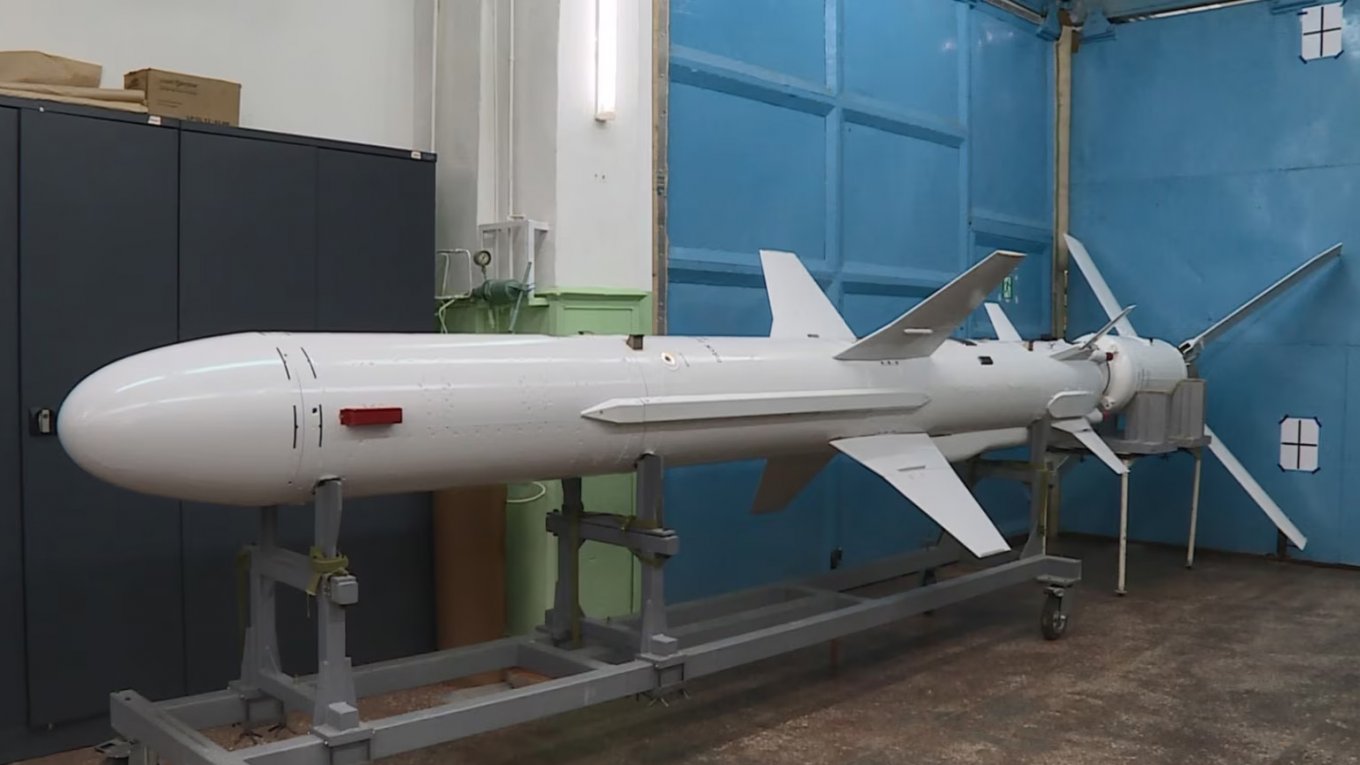
Its dating to 2024 is incorrect, since the image actually shows a mock-up missile that had been present at production facilities as early as 2019–2020. It is, in fact, a standard R-360 previously displayed at defense exhibitions.
Furthermore, the index designation of the Bulky Neptune appears to have been incorrectly attributed. The RK-360L (or, more likely, R-360L) is in fact the announced designation of the Long Neptune or Neptune-D, whose specifications were publicly presented earlier.
In footage released from a Kyiv exhibition, this missile features a distinct variable-diameter fuselage and lacks conformal tanks.
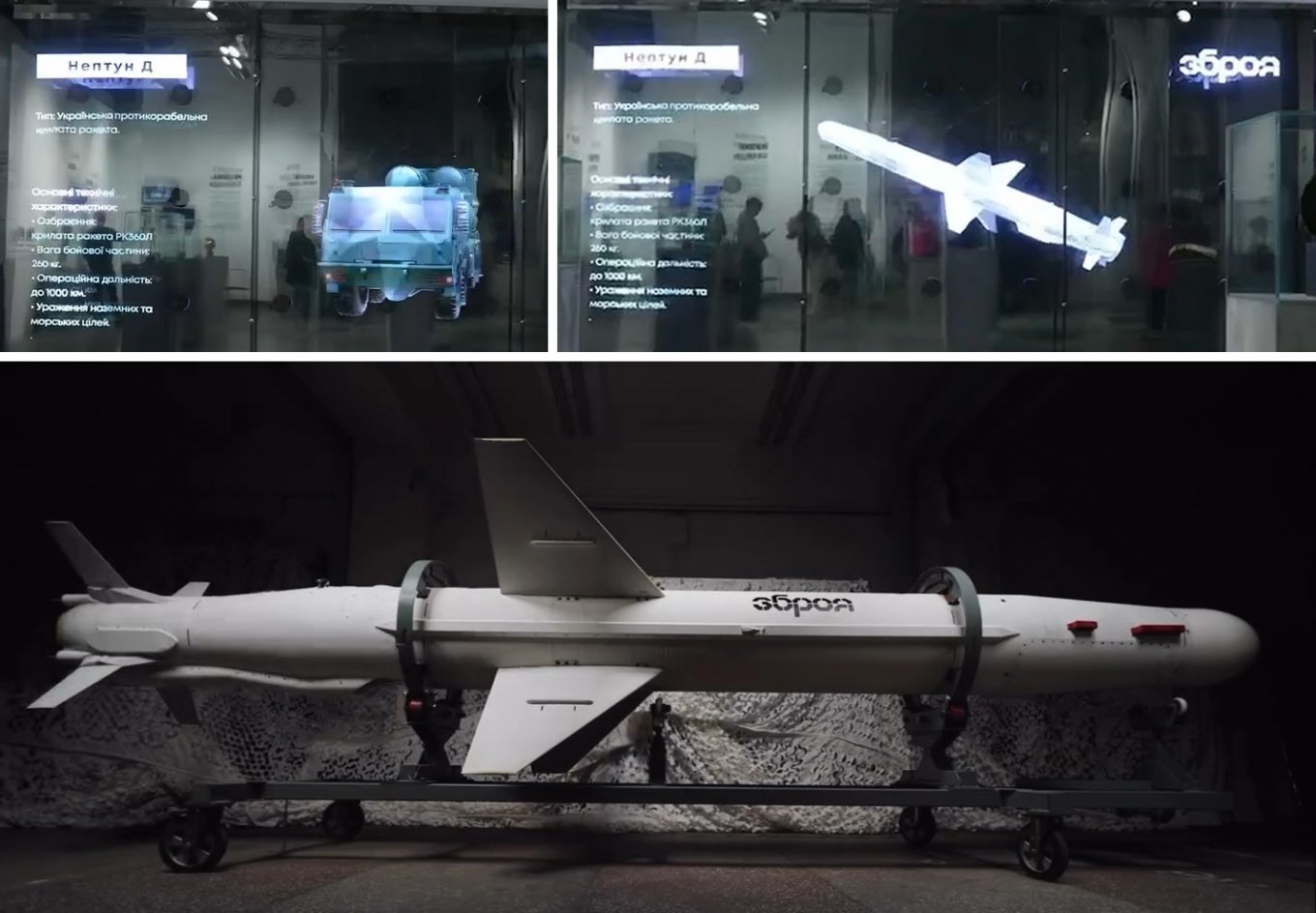
Most likely, the engine and tail-section diameter of the Long Neptune remained unchanged. Instead, the central fuselage section was enlarged — approximately 0.5 m in diameter compared to 0.38 m on the baseline model.
Therefore, we can cautiously assume that, for now, there are three confirmed versions of the Ukrainian cruise missile:
- R-360 — with a declared range of 280 km;
- R-360L (Neptune-D, Long Neptune) — with a range of 1,000 km;
- and the intermediate Bulky Neptune, equipped with conformal tanks and likely capable of reaching around 500 km.
If we use Latinized designations, they can be represented as R-360, R-360M (Middle), and R-360L (Long).
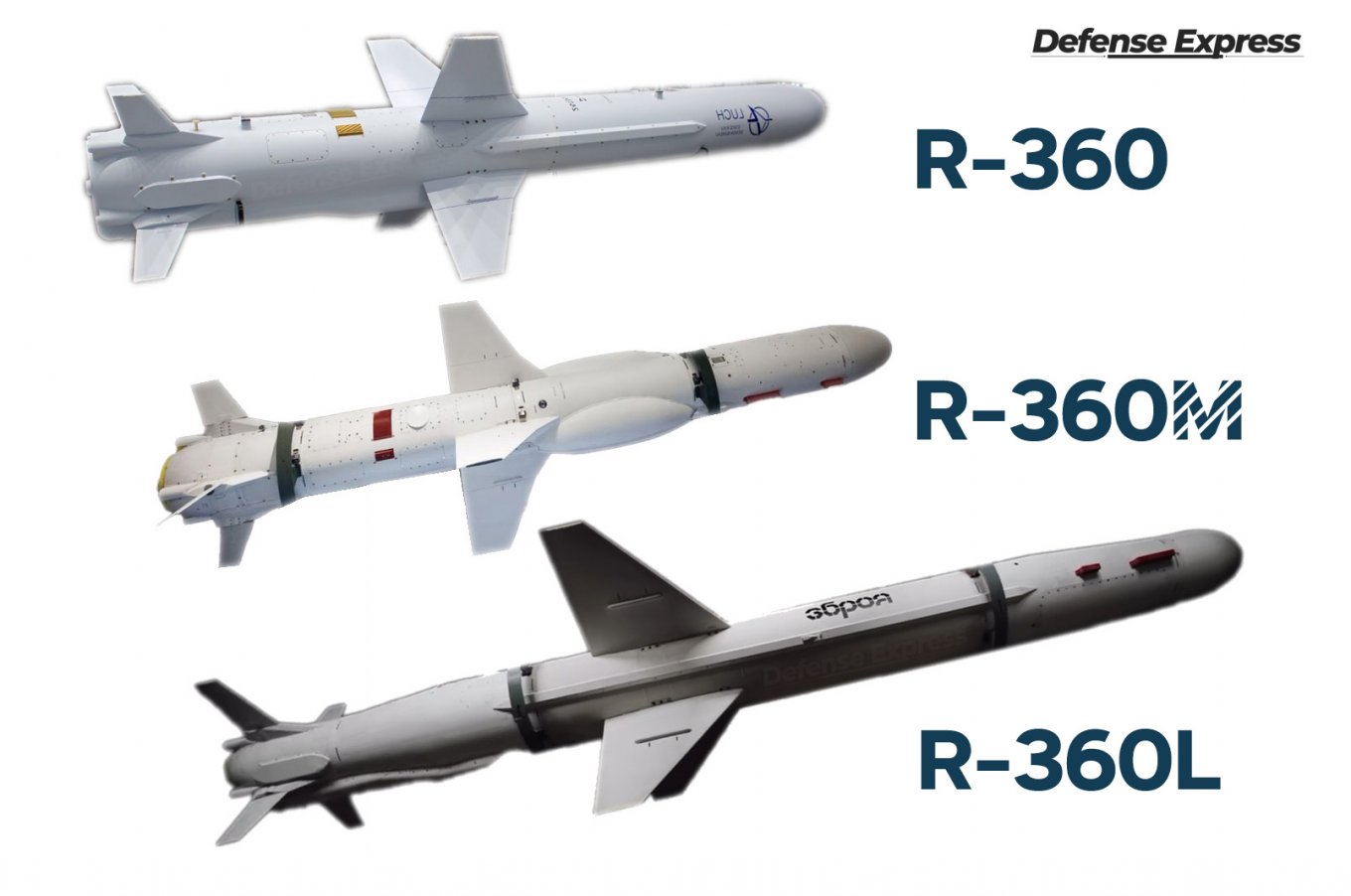
As for the illustration above, it should be noted that all three missile photos were taken from different angles, making precise visual comparison impossible. Nevertheless, given the frequency of public demonstrations, it is quite likely that all three Neptune variants will eventually be captured from the same perspective and in consistent projection.
Finally, it is worth noting that European partners may indeed be interested in this Ukrainian development — since the Long Neptune appears to outperform Europe's sole long-range MdCN cruise missile.
Read more: SSU Foils russian Plot to Strike Ukrainian Neptune Missile Systems




